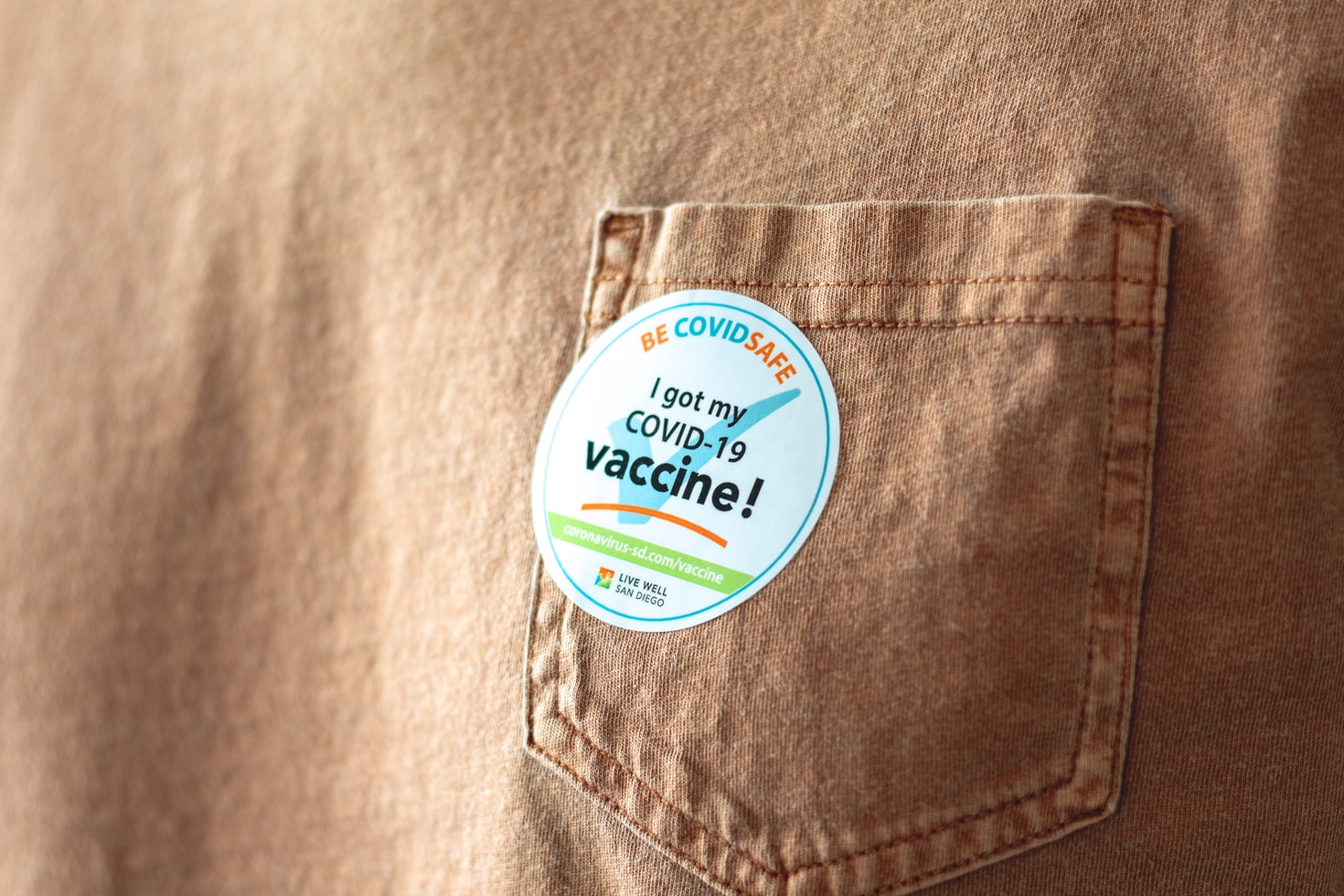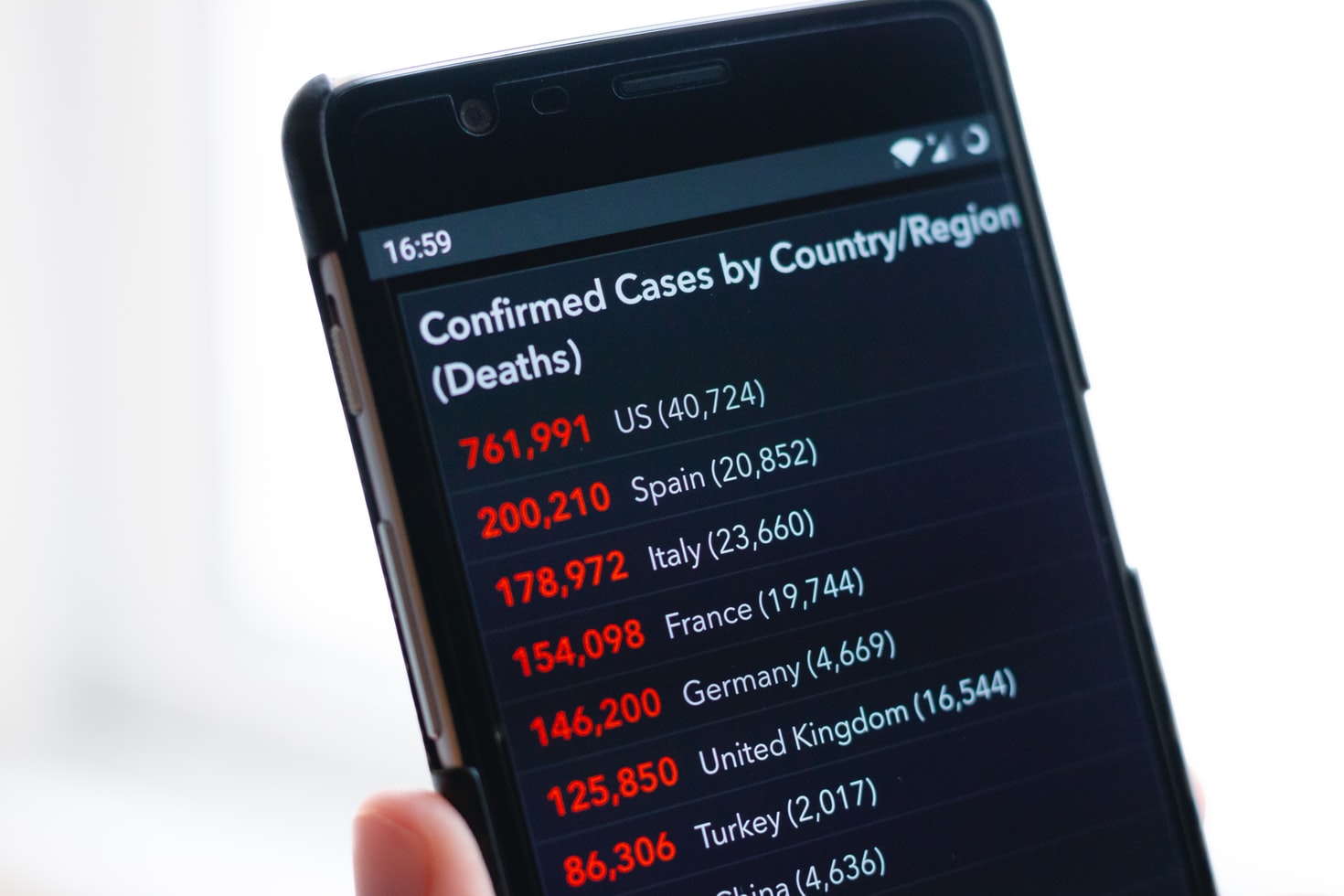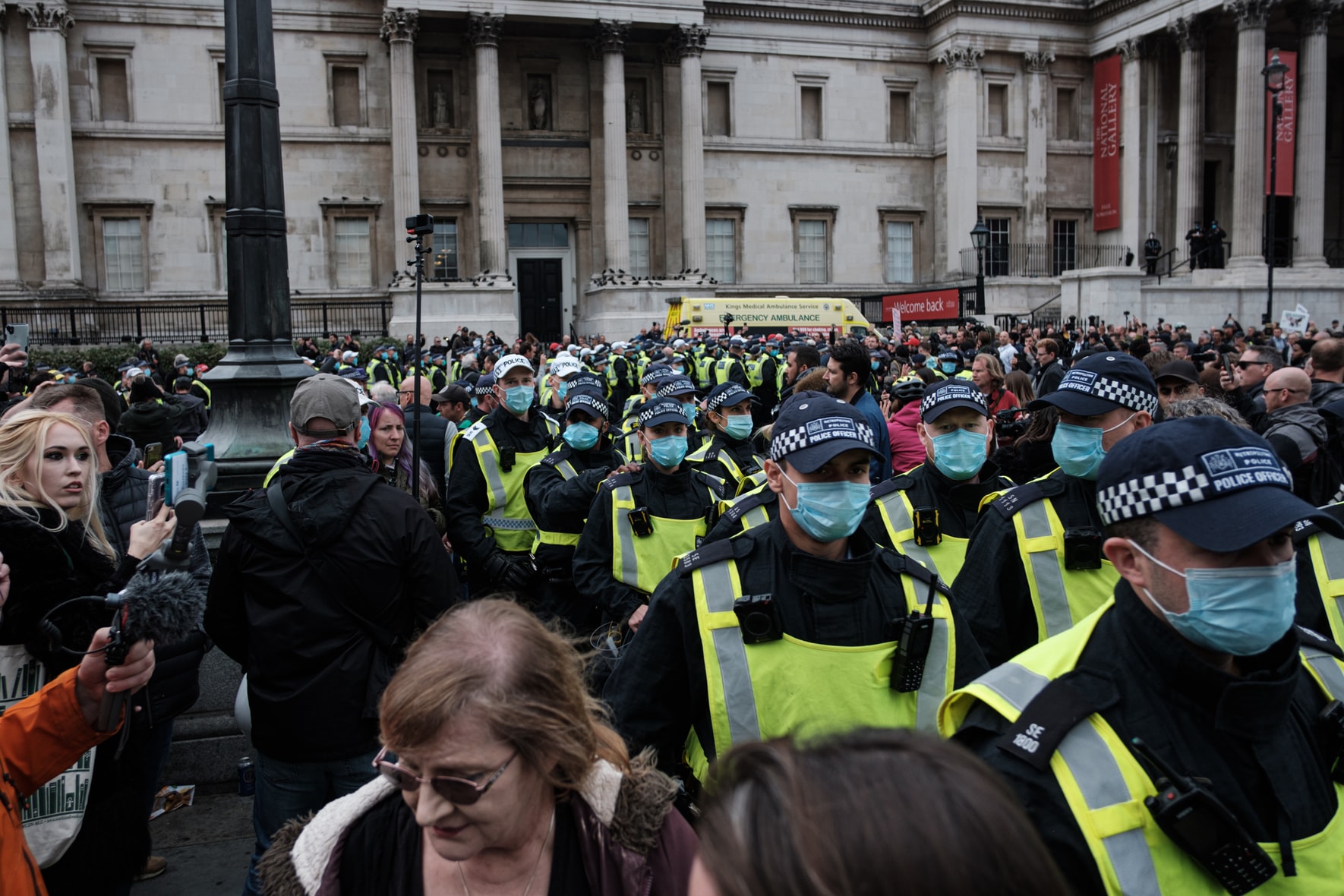Objective:
From early in the pandemic, modelling has characterised key epidemiological characteristics and helped identify when and what type of restrictions should be used to gain epidemic control. Analyses are now shifting to focus on understanding characteristics of mutating viruses and optimising vaccine distribution. Here, we review the role of epidemiological models in understanding evolving epidemic characteristics, and update previous insights on the role of models in understanding COVID-19 epidemiology with respect to vaccination and Variants of Concern (VoC).
Findings:
Modelling can provide unique insights into COVID-19 in the future. The ability of some variants to escape pre-existing immunity (infection- or vaccine-induced) guarantees that the world has many more years of COVID-19 decision making ahead. As more evidence arises regarding the extent, duration, and nature of post-infection immunity models could predict the size and severity of future COVID-19 epidemics in places with a history of prior infection. Further, modelling will continue to play a critical role in guiding pandemic responses, whether it is used to identify key characteristics of emerging variants or to project disease spread under various scenarios in the short-, medium-, or long-term. Model uncertainty, which arises due to simplifying model assumptions and observation error in data inputs, will dissipate as evidence emerges, and does not preclude scenario comparisons with appropriate communication of uncertainty. These types of models provide invaluable knowledge that can be used to design future epidemic control planning, including for pathogens other than SARS-CoV-2.
While we know that COVID-19 control will rely significantly on vaccination, it remains unclear what population-level impact it will have: elimination, regular strain replacement, age-shift in infection, or different outcomes in different regions. We can use models to estimate the population-level impact of vaccination using trial-based vaccine efficacy estimates to consider different coverage levels and roll-out strategies. Using the ever-increasing knowledge of waning vaccine immunity profiles, modelling will also help determine whether vaccination will need to be repeated at regular intervals and how this should be targeted. Based on early evidence, the main barrier to effective control through vaccination could be the emergence of new viral variants escaping vaccine immunity. As vaccination coverage increases, reduced transmission will reduce opportunities for emergence and population immunity will act as a selective pressure, increasing the rate of vaccine escape mutants; however, it is unclear which process will predominate. Two causes for optimism are that (1) to date, VoC have few genotypic changes with convergent phenotypic mutations, and (2) new vaccine technologies are rapidly emerging. Thus, the world’s ability to control future outbreaks will likely depend on how the virus evolves and the capacity to rapidly access and distribute adapted vaccines.
Conclusion:
As the COVID-19 pandemic continues to unfold, models can help us understand emerging issues with COVID-19 epidemiology, vaccination, and VoC. In this review, we discuss the role of models in understanding: herd protection and its limitations; the role of vaccines in preventing severe disease, infection, and transmission and their lowered efficaciousness against VoC; how optimal vaccine allocation strategies vary depending on vaccine supply and efficacy; the extent to which VoC are more transmissible and lethal compared with previously circulating strains; immune escape may undermine vaccine efforts to reach herd immunity; and how we can anticipate future stages of COVID-19 (and other emerging infectious diseases) through forecasts and scenario projections.


